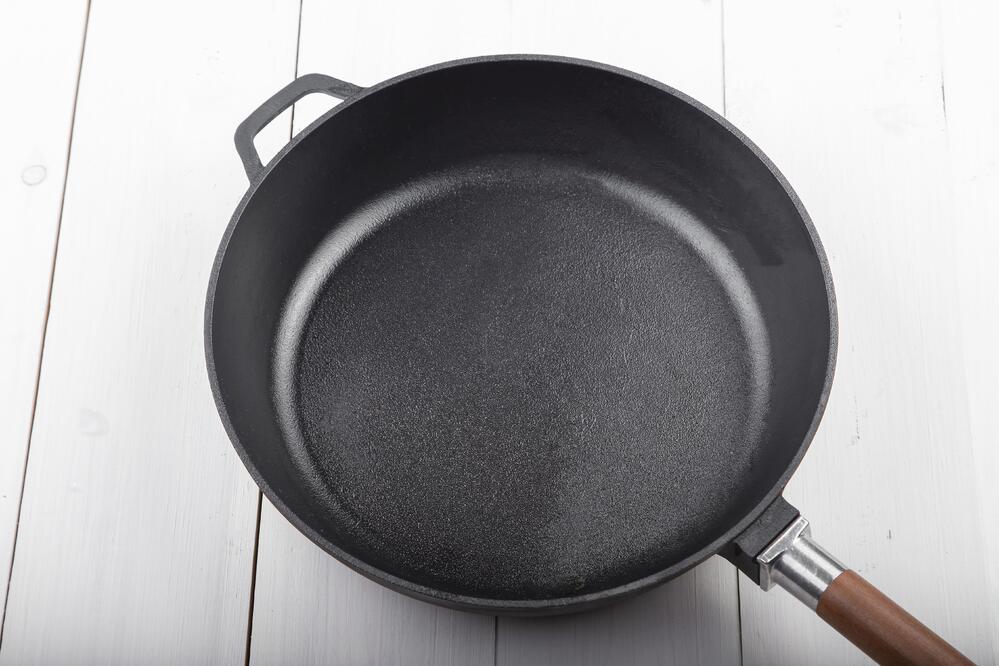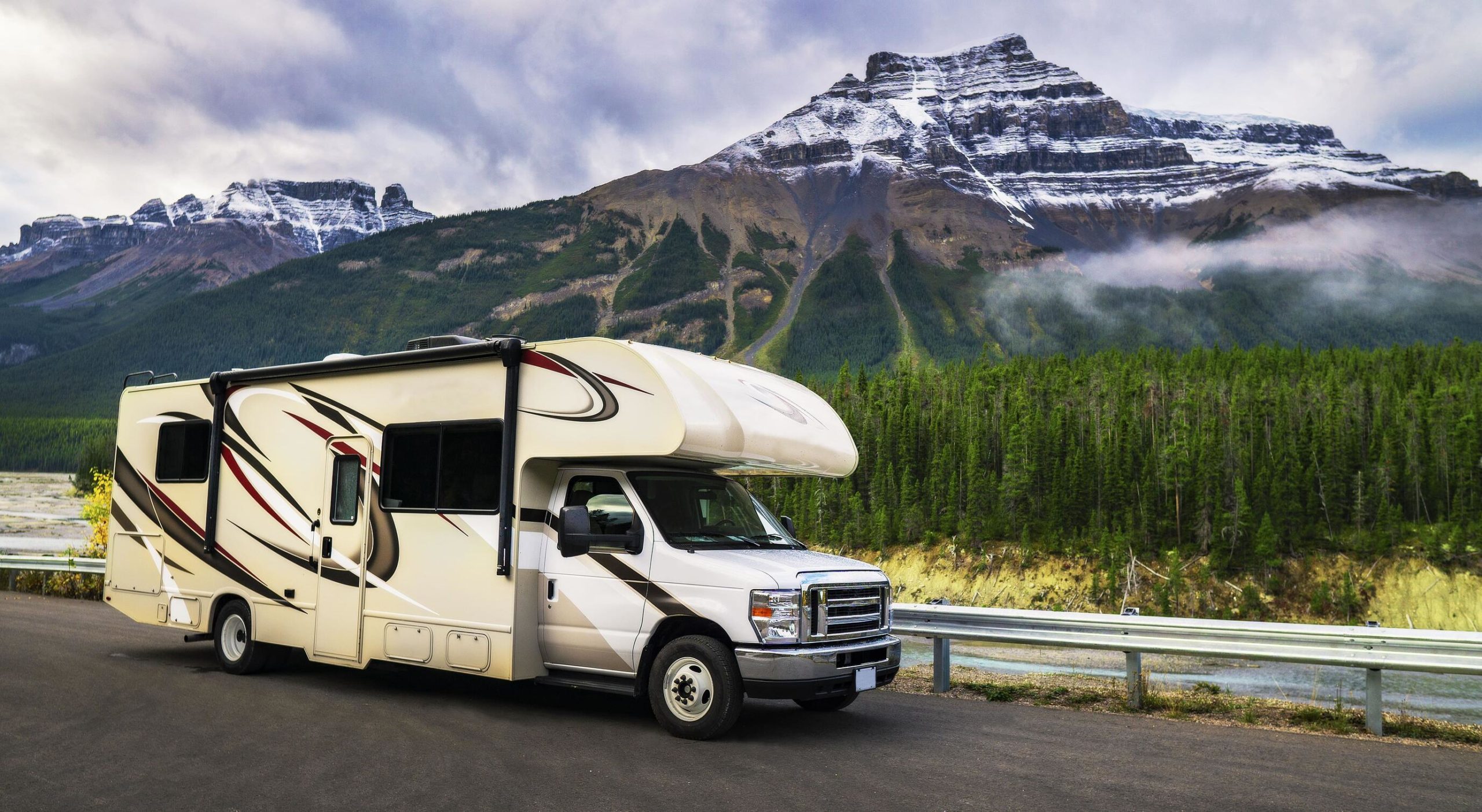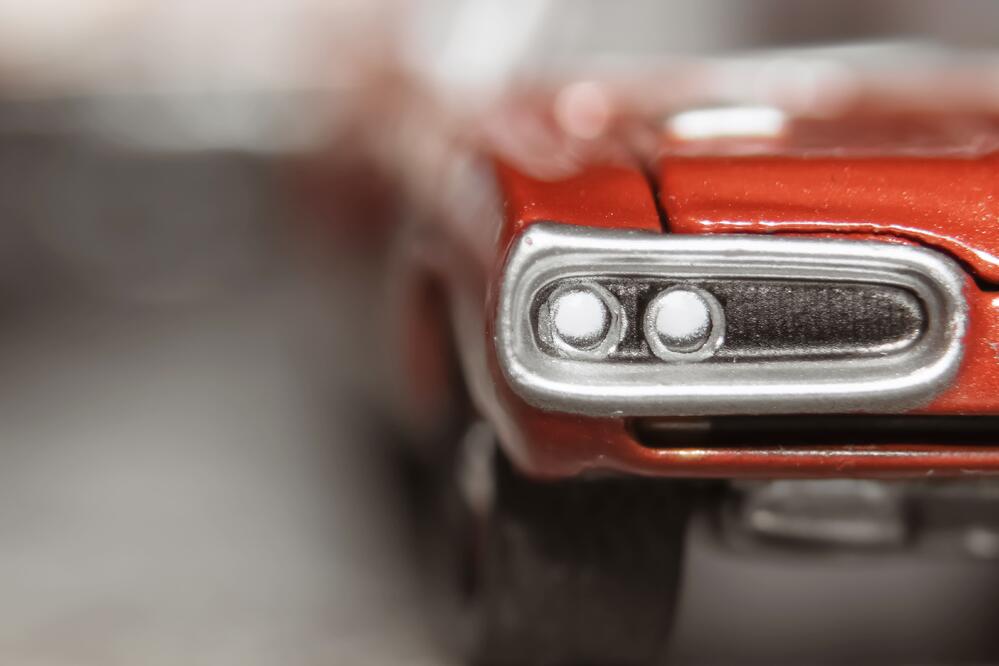What do toy cars, cookware, and streetlights have in common? Apart from the fact that everything in this list can be red, yellow, and green, all these objects can be die-cast. Although die casting appeared in 1838 for the printing industry and is now famous as a method of producing metal parts for manufacturing, you use die castings every day without even realizing it. In this blog, let’s shed some light on where you see, touch, and work with die-cast products.
TRAFFIC LIGHTS
Even if you don’t drive, you use traffic lights as actively as drivers. But did you know that die casting is widely used for light enclosures and traffic light housings? Aluminum and zinc alloys serve as excellent materials to create lightweight and inexpensive traffic light parts. What’s more, they are much stronger than plastic ones, which is especially important for locations with windstorms, hurricanes, and other harsh weather conditions.
PANS
Let’s face it: the variety of pans in any store’s “cookware” department is confusing. A couple of decades ago, our parents just had to choose the size and, in some cases, colour before buying a pan. Today, we are presented with more sophisticated options, and choosing the material is more important than ever. There are non-stick, ceramic, stainless steel, cast-iron and cast-aluminum pans in almost every store. And yes, you guessed it right, the production process used for the cast ones is the same we use here, at Simalex, to produce parts for heavy-duty manufacturing.

Cast pans are pricey, but with the price come multiple advantages: better heat distribution, durable non-stick coatings, better finishing and design details. However, like alloys have different qualities and characteristics, cast-aluminum and cast-iron pans are also not the same. Cast-aluminum cookware is lightweight and durable; it cools quickly, can be used both in the stovetop and in the oven, washed in the dishwasher, and doesn’t rust. Cast iron pans take time to heat up, contributing to superior heat distribution, but they are pretty heavy and vulnerable to rust. The choice is yours!
Aluminum Trivia Fact: Aluminum is the third most abundant element in the Earth’s crust after oxygen and silicon.
TOYS
We bet a shiny little masterpiece, a small Lamborgini, for example, has caught your eye in a toy store at least once. We are also sure that you’ve never thought that they have a lot in common with heavy manufacturing because they’re so delicate and look handcrafted. Indeed, they are: diecast model cars are made with detailed accuracy and have numerous plastic, rubber, and glass parts, but the fundamental process is the same as for big machinery: molten lead or zinc alloy is put in a mold to produce a particular shape. Coming back to that Lamborghini, did you know that a model of Lamborghini Aventador can cost up to $6 million? Let that sink in.
MEDICAL DEVICES
Another area where die casting is not so evidently applied is medical devices. Since such devices as monitors, surgical tools, gearboxes for hospital beds, etc., often must be either entirely made of
aluminum or have some parts made of it, die casting is the perfect method to deliver reliable and fast results.
TRAILERS, CAMPERS, MOTORHOMES, AND OTHER RVS
Now, when camping season is finally open, you’ll come across more and more RVs on highways. But after reading this, you’ll have a more expert look: each RV has a lot of die-cast metal in it. From cylinders and chassis to trim molding and decorative parts – everything is die-cast.

We can continue this list with firearms, garage door pulleys, tractors, mowers, telecommunication equipment and boat seats, but it would make an entire new website. Learn more about what ideas can come to life with die casting, which alloys can be used for which purposes, and other die casting details here.

